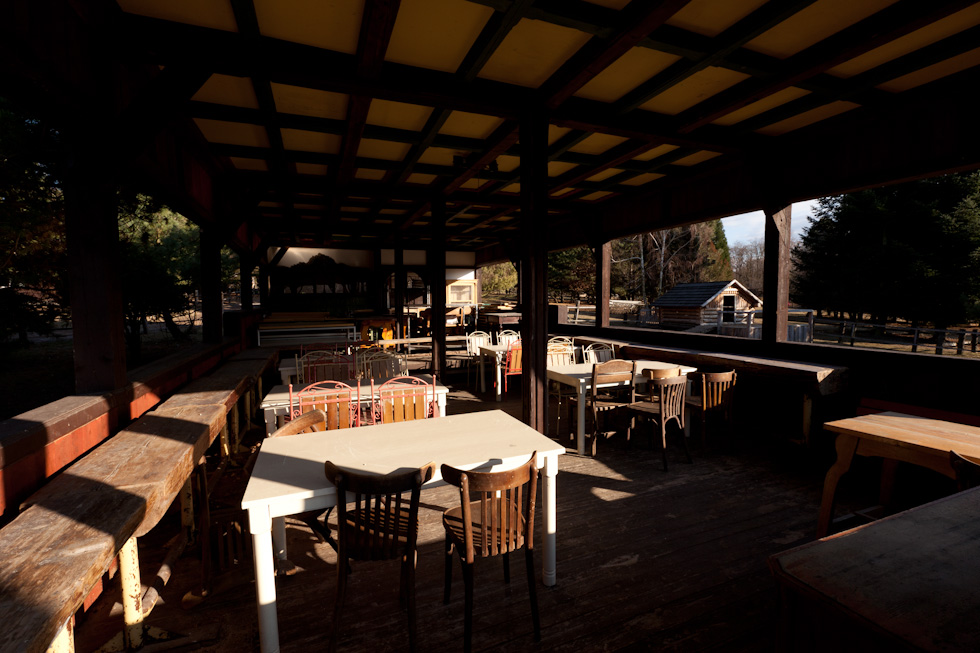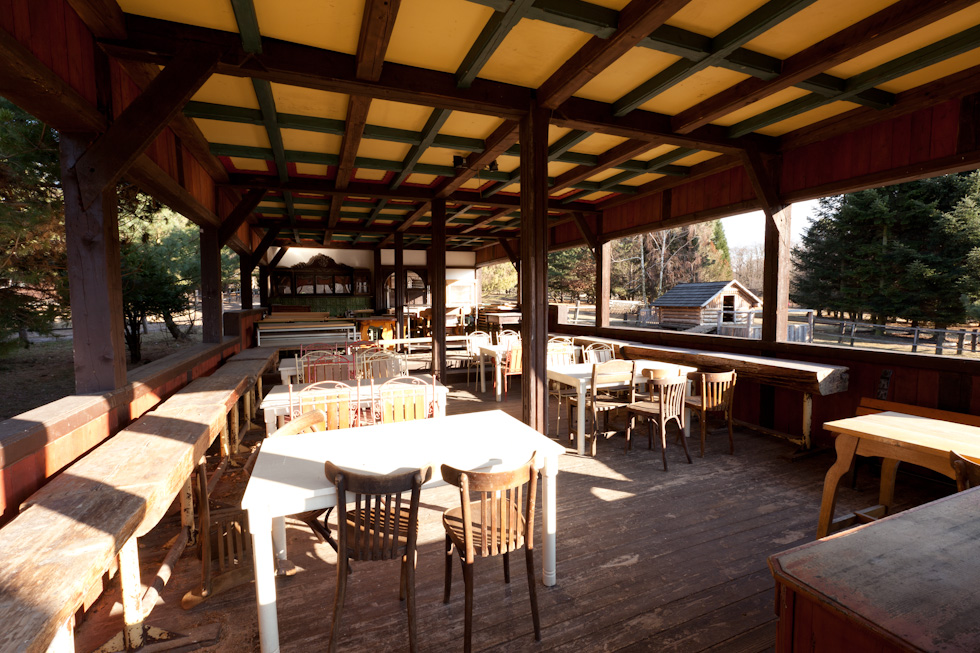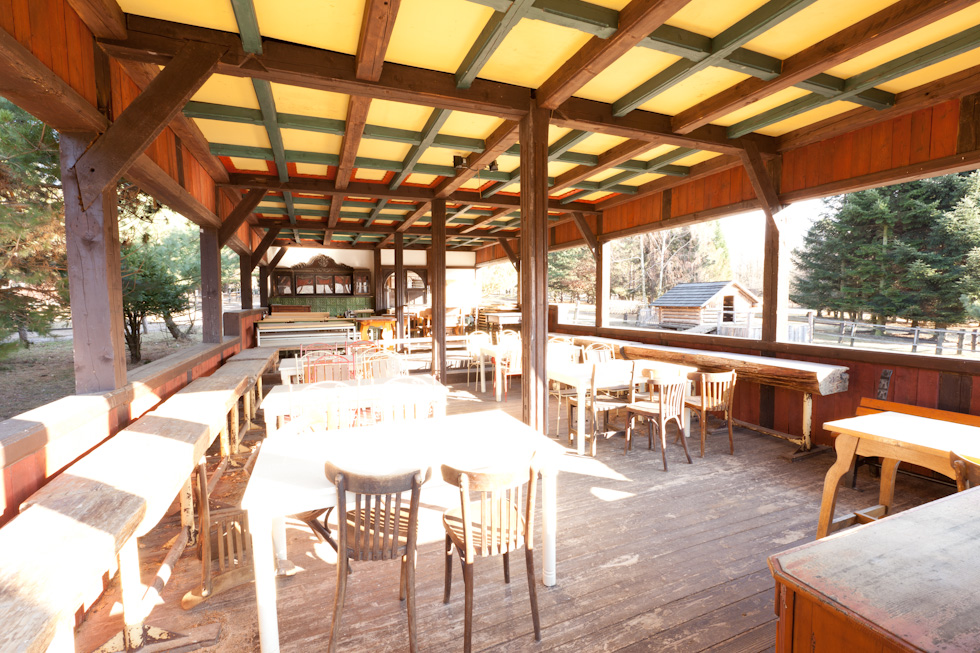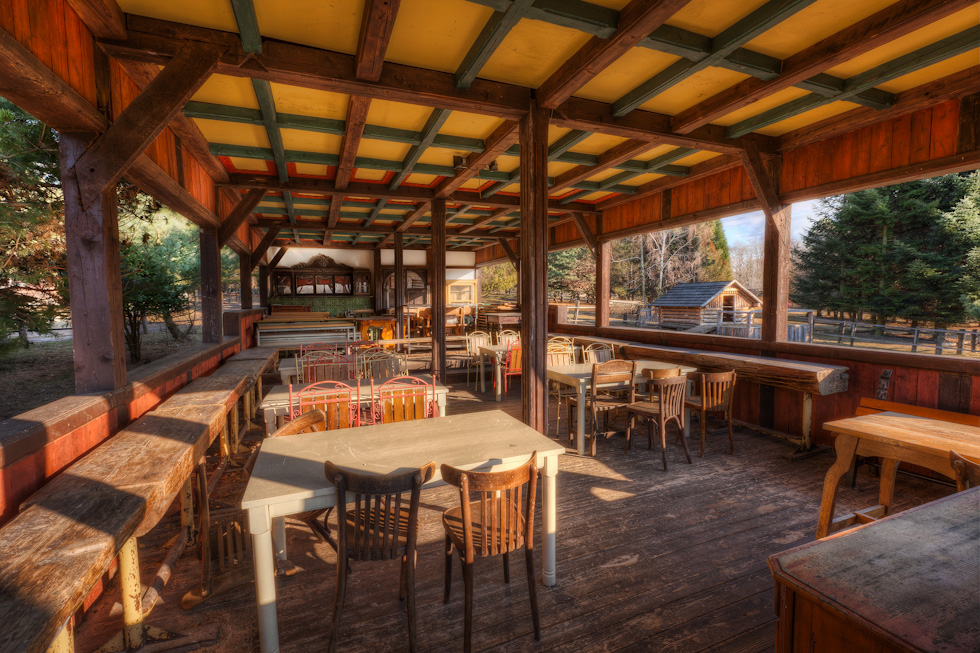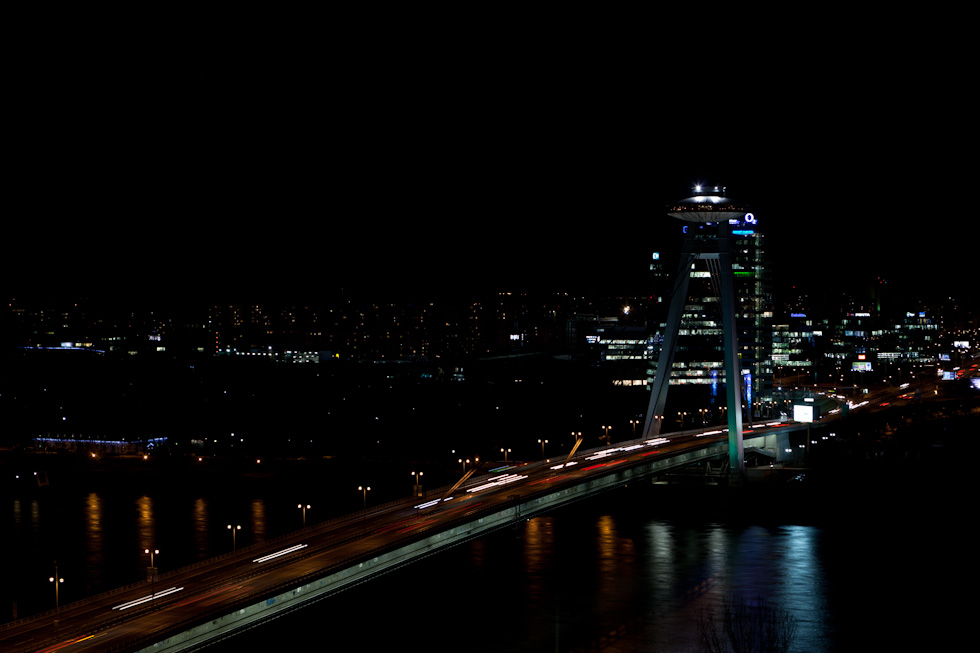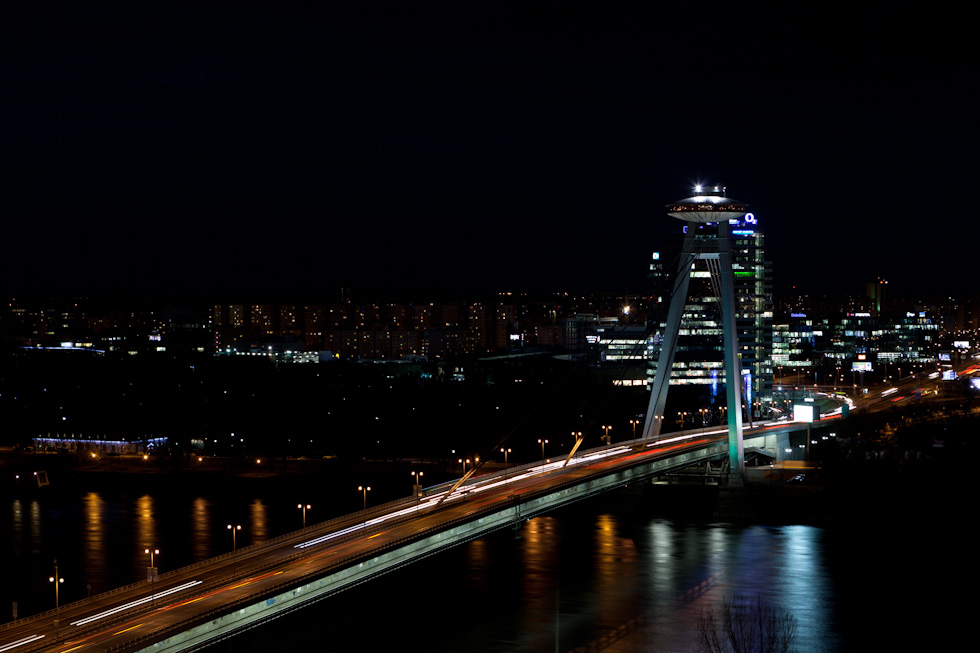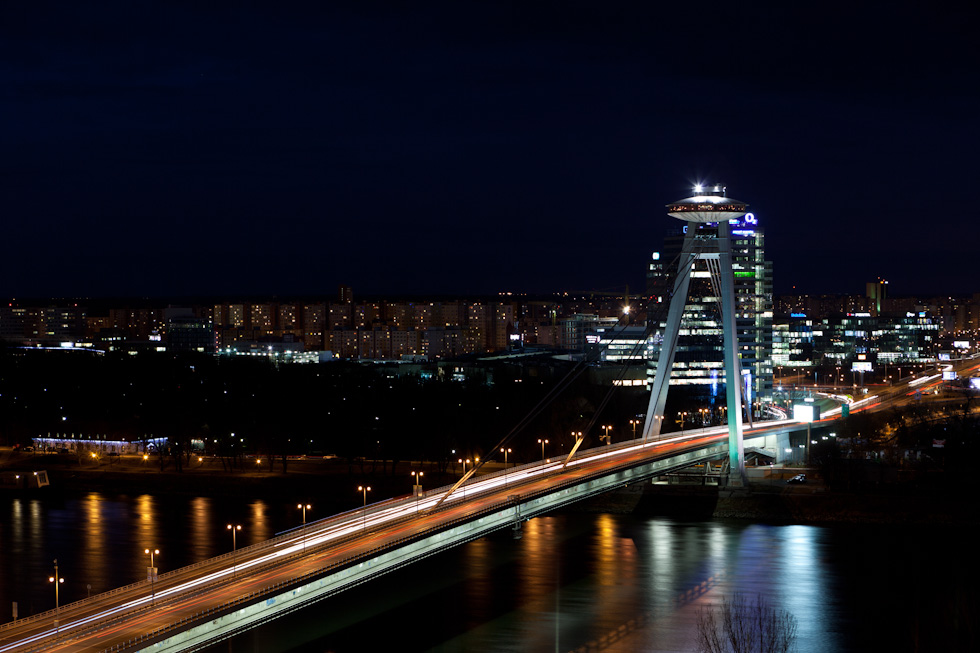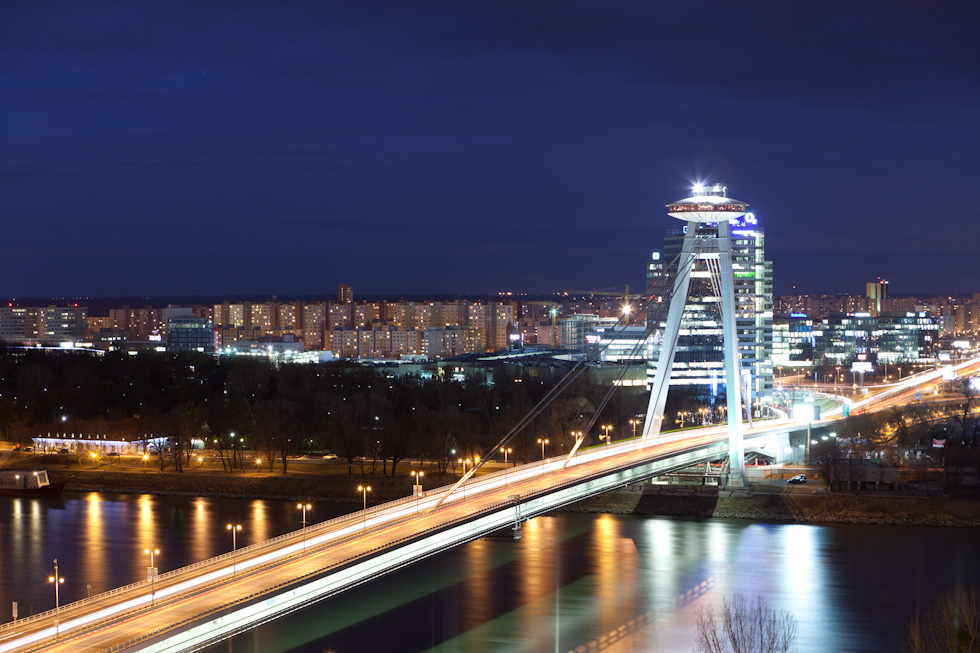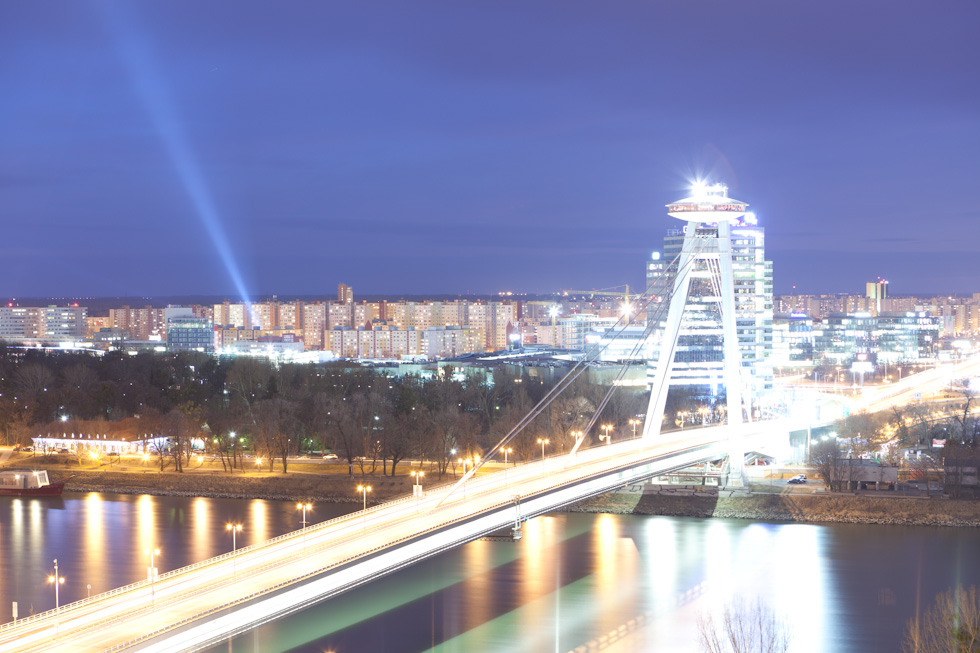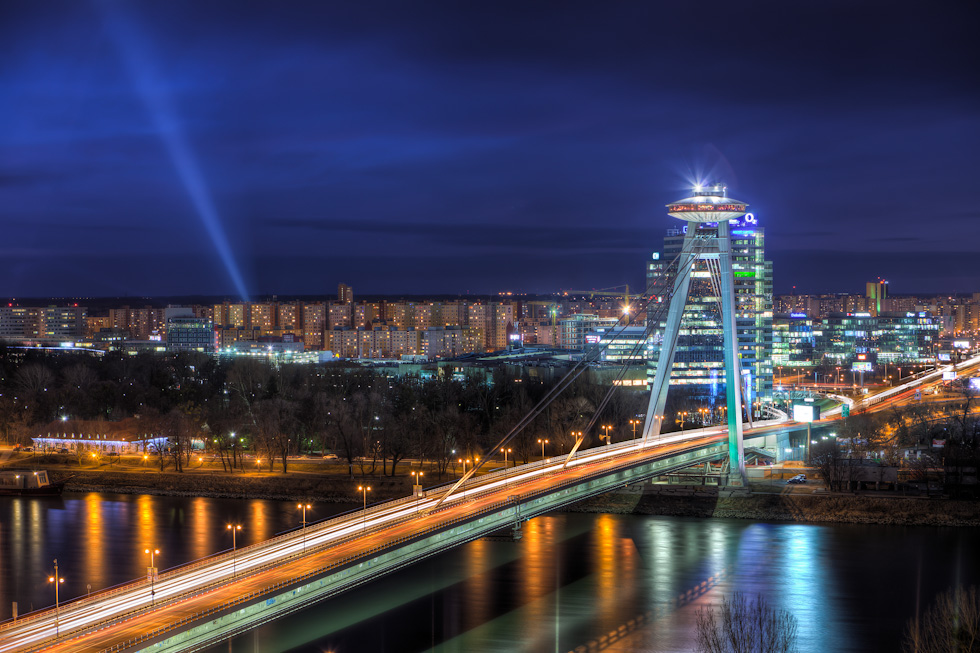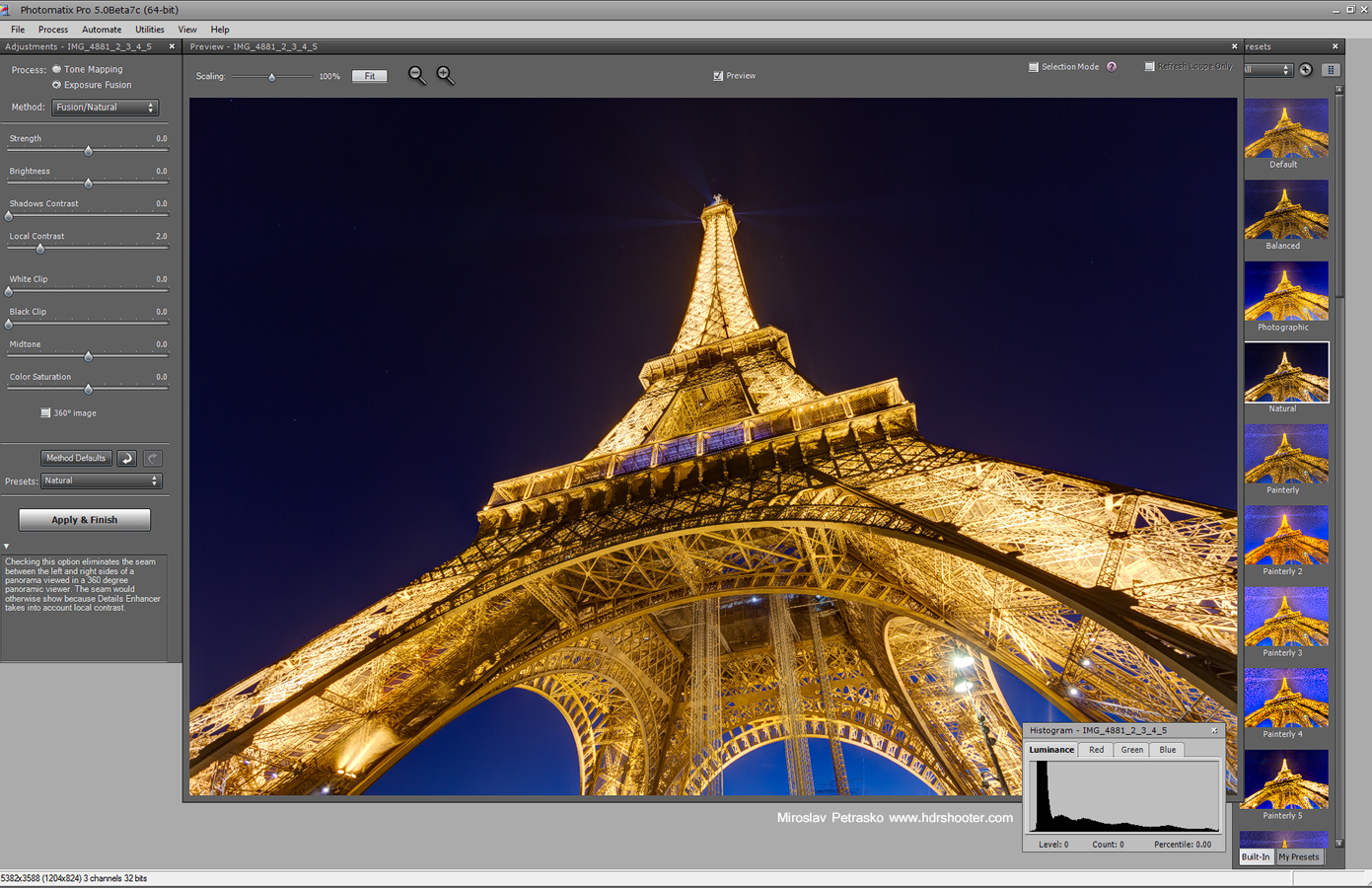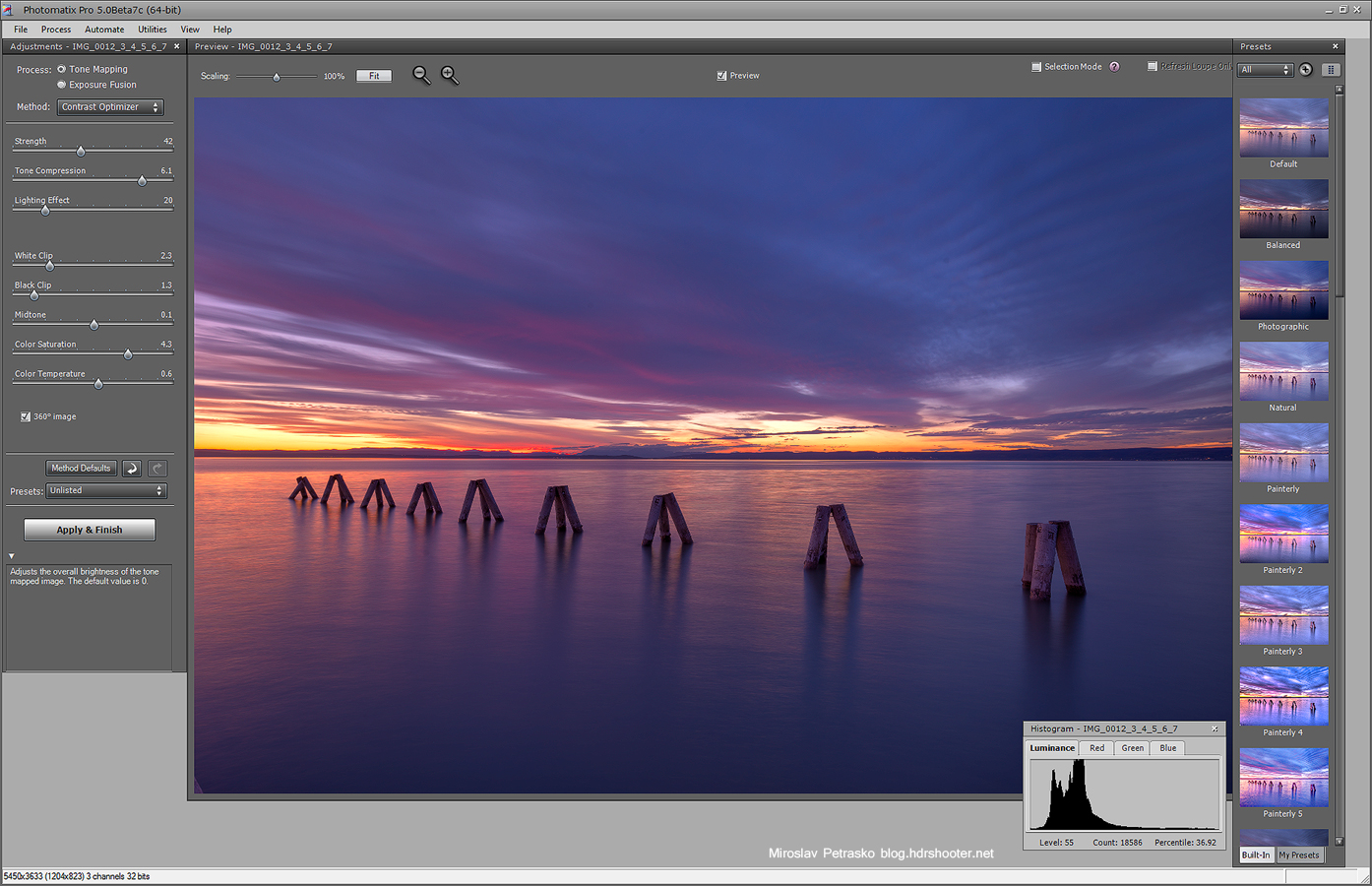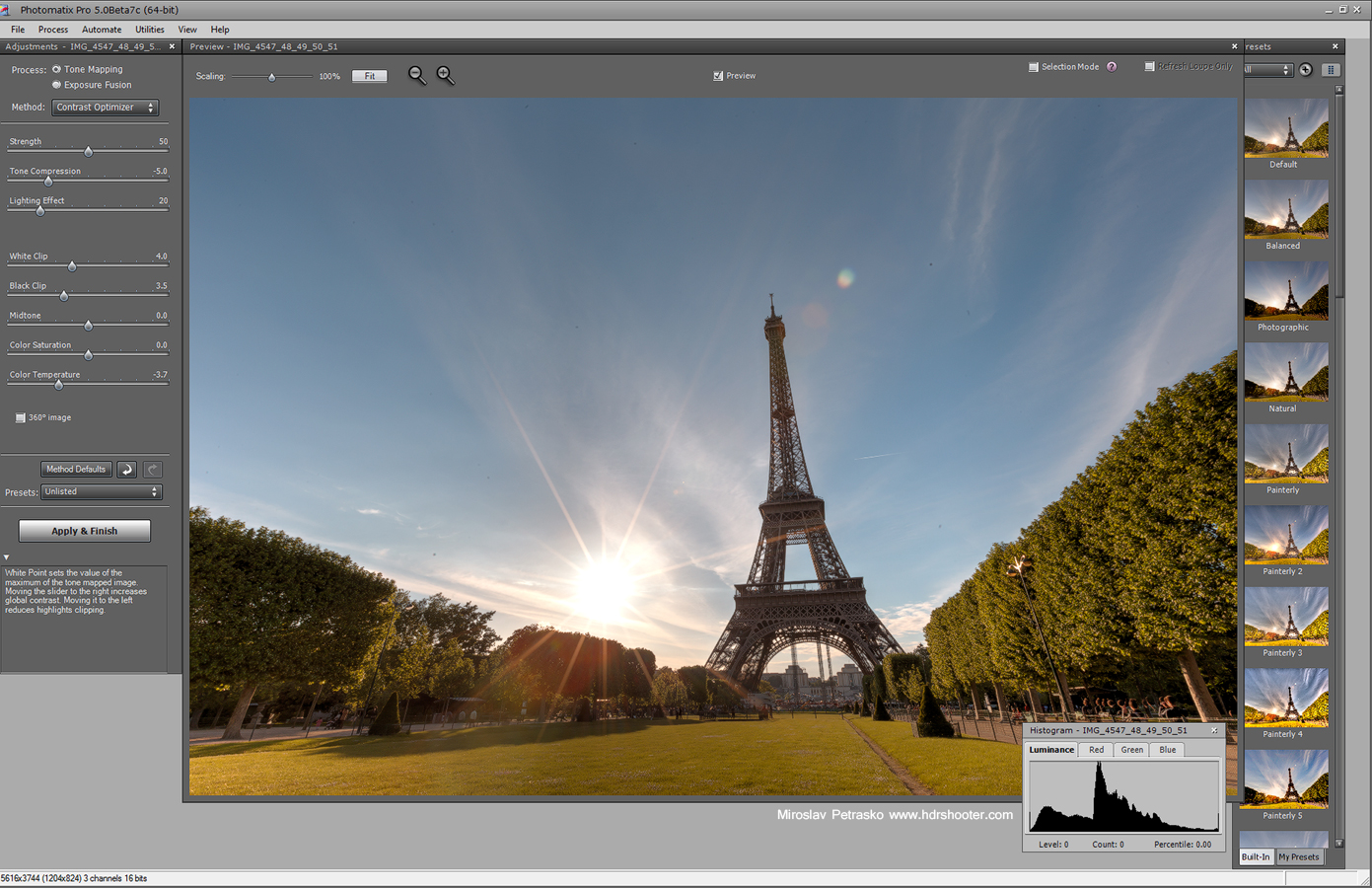Entrance to the Neo-Romanesque crypt
I was in the Almudena Cathedral during the day, but somehow I missed that there is also a crypt under it. I noticed a sign later in the evening, when I was already returning slowly to the hotel. It’s really a stunning place. I was the only one there at the time, so nobody was in the way and they have no problems if you use a tripod there.





